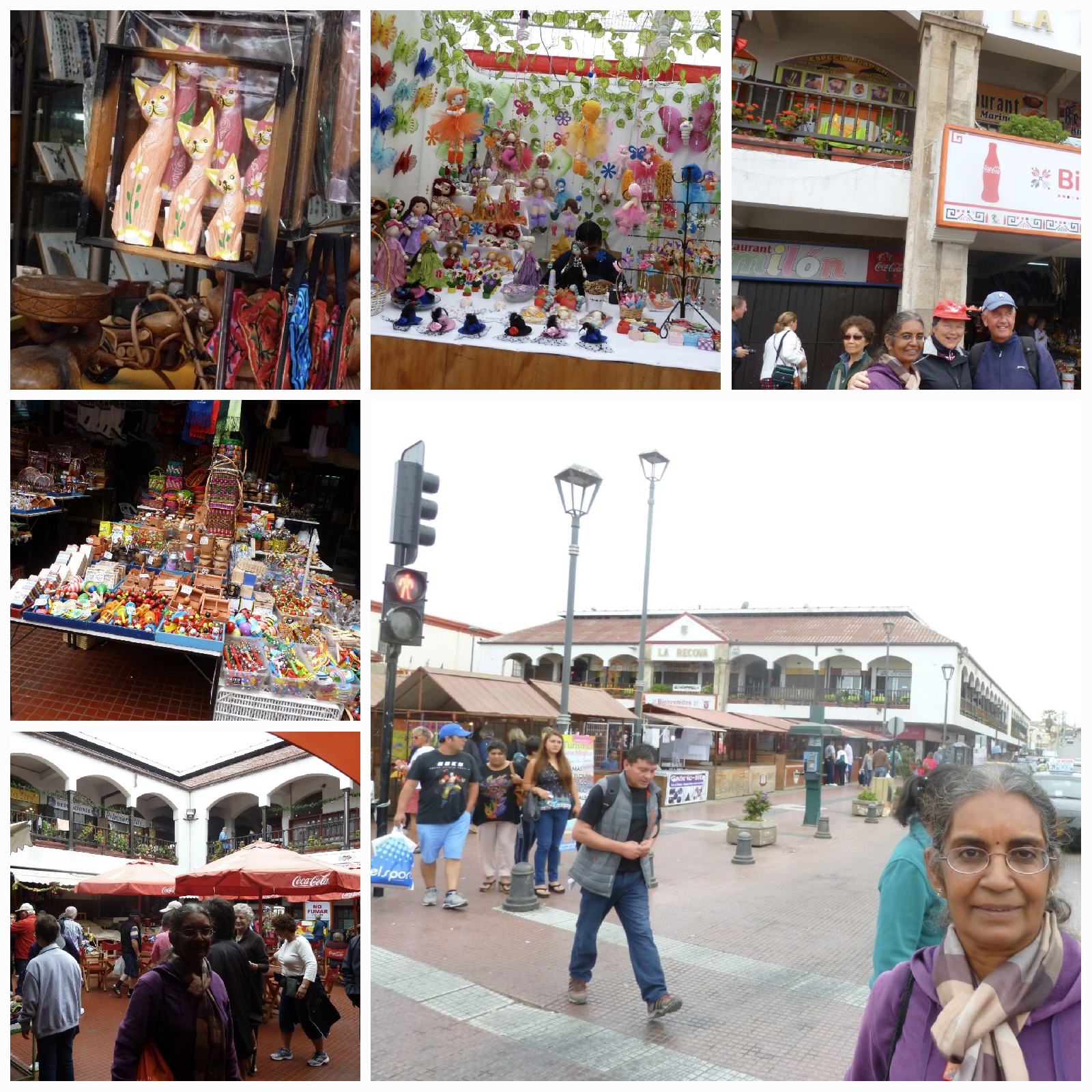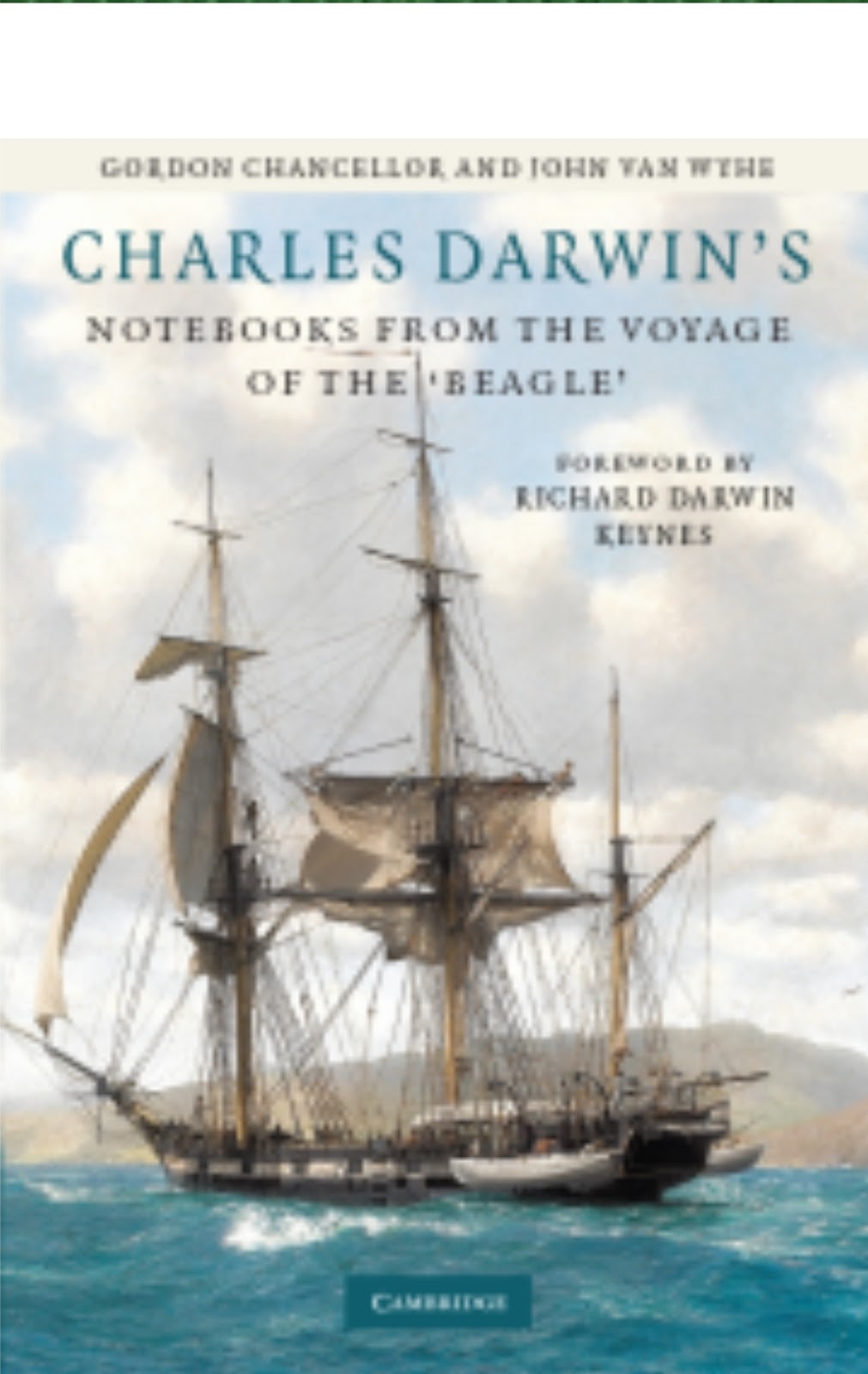No peso, no ride
Arriving at Coquimbo we immediately head towards the bus station. We had heard that Coquimbo had nothing much except the imposing cross atop a hill which we had already had a good glimpse of it as we sailed in. The ship had tours to it as well as to La serena, Chile’s second oldest city. We join the group that is heading towards the bus station to take local transport. Some people in the group speak a smattering of Spanish. Our fare is approximately 1US$ each but we have to pay in pesos. The bus driver is adamant. So we look for a money exchange at the small terminus only to find none since it is a Sunday! Finally some persuasive people manage to get the driver to accept payment in USD and that begins our 20 minute ride to La Serena.
Beach or History?
We drop off at what seems to be a mall. It would be easier to come back to this location to take the bus back to Coquimbo. We start walking towards what we believe to be the city centre. After all it is Chile's second oldest city. We know that we are far off from the golden beaches that La Serena is famous for. In fact the city lies in the narrowest part of Chile and is well known for its cool desert climate attracting beach goers and holiday makers. But we are neither beach goers nor holiday makers but keen to get the historic and cutural vibes.The City of Churches
Churches, centuries old, dignified stone structures, definitley dominate. Those that stand out are built of Oregon pine and adobe or limestone. Why Oregon? US ships sailed to Coquimbo to load copper and other minerals. On their sail-in they used Oregon pine logs as counterweight which were then offloaded at Coquimbo. This Oregon pine and the use of adobe contribute to the distinctive image of the city. As do ornate balconies and doors,gables and protruding small towers. And, of course no visit to La Serena is complete without having at least a glimpse of the historic 28 m tall lighthouse and the tranquil Japanese gardens (The largest landscaped Japanese garden in all of South America) right in the middle of the city built to mark its 450th anniversary.
Company of sorts along the 'Park of Bare Behinds'
Tree shaded avenues and pretty plazas make walking around the city very pleasant. At some point a dog starts following us. Later another joins. As we get to the Plaza D Aramas we have four dogs, each of a different type, in tow! If not for the dogs we could have been in Greece or Rome. Lining the borders of the plaza are nude marble statues slightly smaller than the originals. It is no wonder that the park is often locally referred to as the Park of Bare Behinds
Being a Sunday all was quiet. No tango lessons. No craft market. Just the dogs.
Dog squad.
By the time we come up to the main thoroughfare we have 6 dogs in our company. Shopkeepers welcome them and feed them. As we approach traffic lights to cross over the dogs suddenly leave and lurch for the car stopped at the red light. A barking like you've never heard before begins. The dogs distribute themselves around the car and continuously bark their heads off. One of the dogs paws ar at the driver's window and would have bitten off his ears if not for the raised pane. No tails wagging. The lights change. The driver tries to inch forward. He would have to run over the dogs who have planted their feet firmly on the road! Undaunted the driver inches forward. The dogs continue to follow and impede but stop when the car accelerates.
What had we witnessed? Apparently, as we find out in Valparaiso later, the dogs take upon themselves to protect tourists from questionable characters. They are guardians of the city's reputation for its quality of life. Who was the driver? Who were his passe gers?
Discovering La Recova
We decide to walk back to Coquimbo, the weather being very pleasant. It takes us past a bustling and colourful building. It is the famous La Recova, built in 1795 to group merchants together, filled with more than 140 booths and stalls overflowing with local art and crafts.
On the streets is the Christmas Market for it is but10 days before Christmas! Of course, the area is surrounded by cafes and restaurants. We amble past the hill side residences reached via zigzagging stairs. We cant imagine living on the terraced slopes and negotiating them several times a day. Residents would surely have muscular calves.
Dominating the entire city is the gigantic Cruz del Tercer Milenio that overlooks the ocean. The 83-metre-high structure is the tallest monument on the continent with an observation deck on the cross.
Trivia:
Have you ever heard of the Coquimbo Notebook?
Who did it belong to and what is its sigificance?
It is one of the field notebooks of none other than Charles Darwin. Yes, the architect of the theory of evolution from natural selection. The notebook contains detailed observations of the famous Coquimbo terraces. Were they uplifted sea beaches going by the fact that he discovered fossils of marine shells on the terraces.?


















No comments:
Post a Comment
Comments are welcome